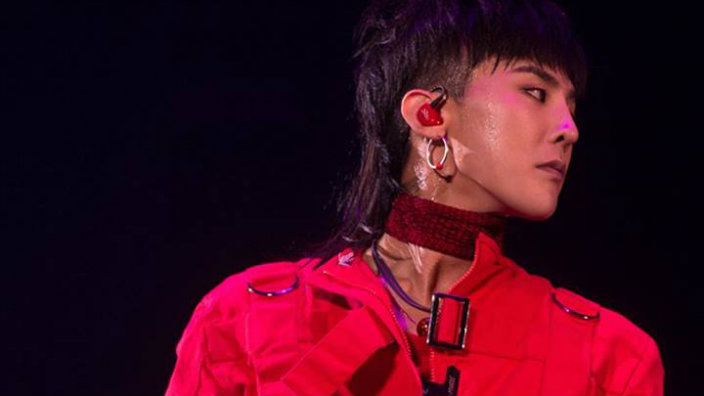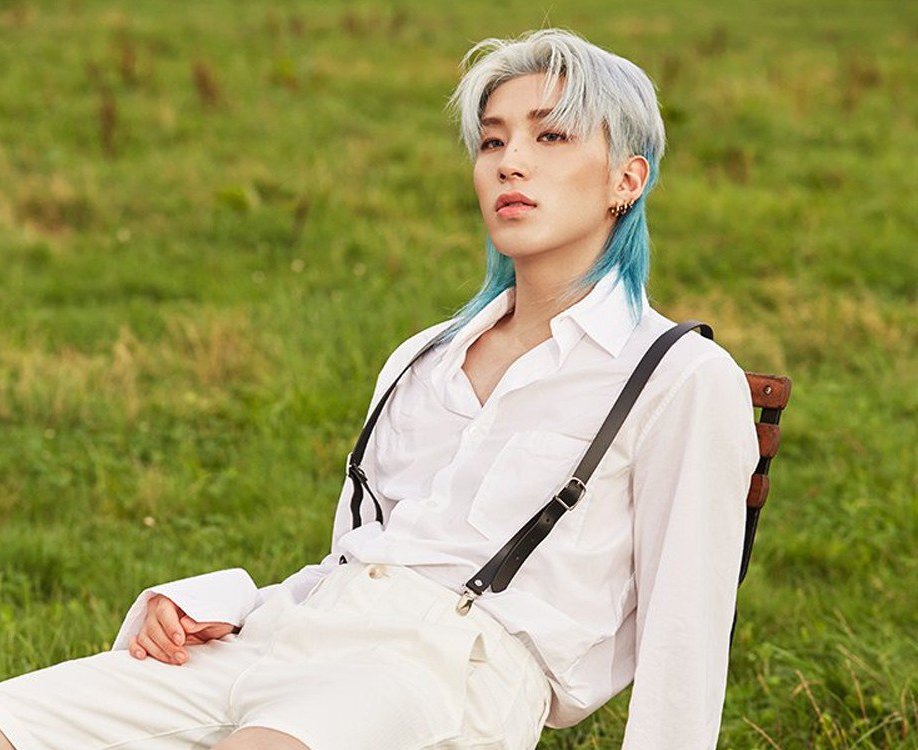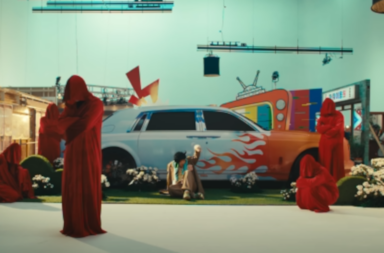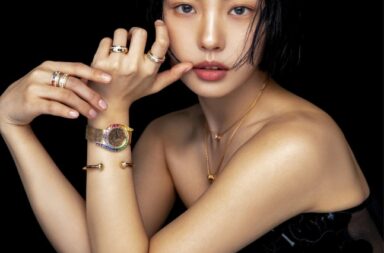
More than a year after the release of “Ko Ko Bop,” Exo finally came back with “My Tempo” and outdid their previous comeback with not one, but two mulleted members. Exo-Ls still recovering from Baekhyun’s red “Ko Ko Bop” mop were gifted the cornea-burning sight of both a mulleted Kai and Chen. If K-pop fans were hoping the mullet trend was dying down, this is surely evidence that it is still in full swing.
Idols from groups and companies big and small have been stuck with this style over the past couple of years, from B.A.P’s Jongup and Himchan to Seventeen‘s The8 to NCT‘s Taeyong and many more. But for all the listicles of mulleted idols, few people have stopped to consider why. The hairstyle is seemingly here to stay because of its distinguishability and its power to communicate cultural ideas.
Though it’s often vehemently reviled by Americans, the “business in the front, party in the back” look has been in and out of fashion since ancient times. Vikings, Native American tribes, and even America’s Founding Fathers are just a few to have historically sported the look. According to Alan Henderson’s book “Mullet Madness,” archaeological evidence and artwork document hairstyles that were short on top but long in back for men in ancient Egyptian, Chinese, and Japanese civilizations. But when most people think of mullets, they think of the hairstyle’s golden age in the ’70s and ’80s, when it officially became known as a “mullet,” a term popularized by the rappers the Beastie Boys.
The style was picked up by those in the punk scene before being adopted by rockers such as David Bowie in his infamous Ziggy Stardust look. The rebellious, androgynous look soon went mainstream, becoming associated with conservative stars such as Michael Bolton and eventually good ol’ country boys who were the opposite of edgy. By the ’90s, mullets were fiercely uncool. Exo isn’t trying to recruit new fans among the monster truck rally or NASCAR set, however. Much like the punk rockers before them, idols have revived the look by reinventing what it means in the modern era.

Many K-pop fans point to G-Dragon as the pioneer of the modern mullet renaissance. The fashion-forward Big Bang member wore his hair long in the back during the group’s “Made World Tour” in 2015-16. His mullet grew to insane proportions for his 2017 solo world tour. The look soon rippled out to other boy group rappers, including Winner’s Mino and Block B‘s Zico, as well as swaggy singers like Dean. This movement could easily be dismissed as a fad, much like the tragic “ramen hair” trend before it. After all, it does help stylists mix things up for a comeback, giving a member a hairstyle that will distinguish him from the others. This is especially necessary in super-sized groups like 18-member NCT. It’s also versatile for live broadcasts and can be achieved with clip-in hair so the wearer isn’t married to the style. But ultimately there’s a deeper draw for idols, groups and companies to employ the style.
Since the days of Seo Taiji and Boys, Korean style, in both fashion and music, has been borrowing from and playing catch-up with the West. Even up until recently, viral dances like the dab and the shoot are still appearing in new K-pop choreography despite going viral months or even years ago. But the mullet trend is noticeably not being pilfered from current American hip-hop or pop. In fact, now in the U.S., the mullet only has a niche following among high fashion and queer communities. In a brilliant move, K-pop managed to latch onto an unconventional, uncool, and even “ugly” look that allowed it to communicate edginess and rebelliousness. And it allowed the industry to do so without relying on culturally appropriating historically African and African-American hairstyles such as cornrows and dreadlocks, hairstyles which ironically mulleted stars like G-Dragon, Kai, and Zico have all worn in the past.
As the industry pushes harder than ever to break into the American market, regurgitating style problematically “borrowed” from black culture simply won’t fly. Braids are a cultural appropriation, with K-pop stars adopting them as status-signifying ornamentation without understanding their significance or bearing any of the racism and violence faced by black people who choose to wear these styles. Because mullets are so ubiquitous throughout history and across the world’s cultures, it escapes being criticised as a misuse of power when K-pop stars wear them. In fact, there’s a sense of power in reclaiming them.
Mullets allow idols to flaunt one of the defining factors distinguishing them from English-speaking boy groups: their androgyny. Male idols are known for wearing dangling earrings, colored contacts, and makeup. They also experiment with femininity in their hair. Idols such as Taemin, NU’EST‘s Ren, and Seventeen’s Jeonghan have previously had luscious long hair to the point of being mistaken for girls. Mullets allow for a more feminine flip in the back while retaining a short, masculine look in the front, bending the rules of gender without breaking them so much as to confuse or alienate foreign fans.
This element of gender fluidity is why the mullet has its appeal in queer communities and fashion, especially street style. In recent years, Seoul has positioned itself as a fashion capital on the back of its punk-like rebellious, androgynous approach to street style. And K-pop stars have become the faces of the luxury streetwear movement not just for Korean brands, but also for international names trying to tap into the lucrative Asian market. So in order to attract sponsorships and deals from Korean as well as global brands such as Adidas and Fendi, idols need to embody the youth culture that matches street style.

With mullets, male idols can project fashion-forward, androgynous images. This unique style helps define and promote a Korean aesthetic to international audiences, distinguishing Korean idols amongst the current Western music landscape. So while mullets are hairstyles fans love to hate, we must learn to embrace them. As much as they seem overdone, the heinous hairdo is helping artists blaze a new trail for idols on the international scene.
(YouTube [1][2], “Mullet Madness!: The Haircut That’s Business Up Front and a Party in the Back,” CNN, Vice, Nylon, The New Yorker, Vogue, South China Morning Post. Images via SM Entertainment, YG Entertainment, TS Entertainment.)


